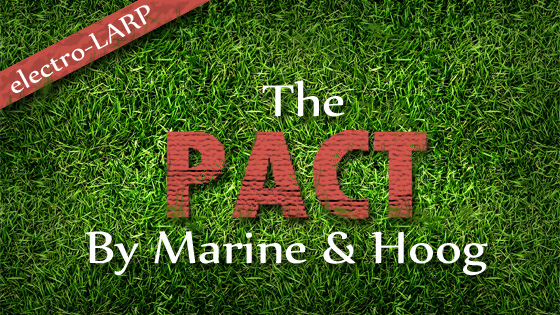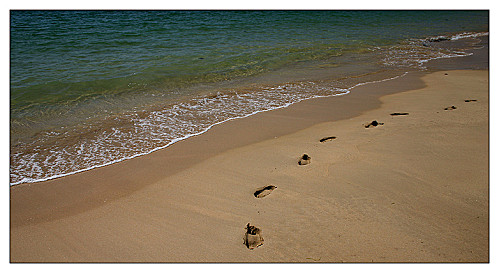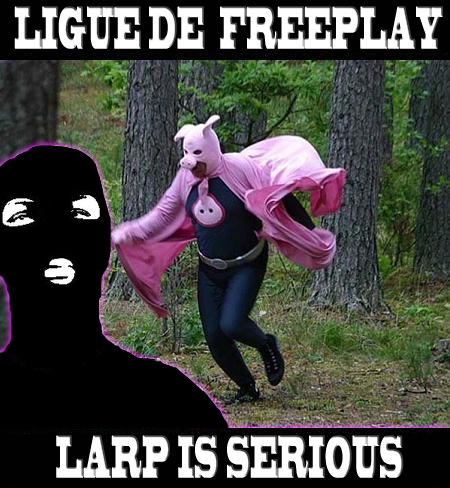Translation: Leïla Teteau-Surel
Original article: http://www.electro-gn.com/243-quellestracespourlejeuderolegrandeurnaturepartie1
– – –
What testimonies for larps?
After reading a book about perfomances archives it occurs to me that the question of the testimonies left by a larp was seldomly mentionned. I find it interesting and decided to open a reflection on that matter. This not a thorough research. For example, I haven’t been looking in the nordic larp documents, that may have dealt with it but have a tendancy to give unclear names to their articles. I give up reading all the Knutebooks and invite you to open this reflection on documentation (what I call testimonys) in the comments.
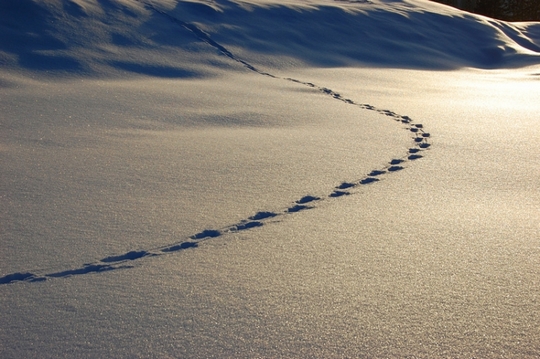
Keeping a track of the ephemeral
A larp is an ephemeral event. Even when designed for re-runs it ‘ll never be twice the same because players change from one run to the other and appropriate their characters and the story in different ways. This specific point, common between the performing arts, had often been commented by happenings and performance theorists, and especially Allan Kaprow who considers the event as always lost : nothing ‘ll never be able to truly reproduce it. Though performances, as well as larps or other arts of the moment like danse and music have at least a “music sheet” that allow to be played again. A larp, even if runned only once, leaves behind a scenario ( the “music sheet”) and a set of documents allowing to leave a clear testimony (if correctly written) of what the organizer is looking for. But when the players enter the action everybody lose the capcity to reconstitute it truly : not only because all the players don’t necessarily witness the same events but also because they won’t perceive it the same way.We can then ask ourselves – and performance historians already did : « How can we plan the elaboration of an historical discourse about practices from which we have a knowledge coming from testimonies? »1.
The necessity of documentation
Today this necessity of keeping a testimony of every larp is not felt by that many larpers. Though there’s advantages in it :
- transmitting to the coming generations, that won’t start from the scratch but with a cultural background and a knwoledge of what’s been done before.
- thinking about the way we communicate about larp which could help developing its visibility.
- thinking about the future we wish for larping because if we don’t leave testimonies it likely won’t evolve.
The difference between larps and performance
I’ve been able to watch the recent movie Marina Abramovic, the artist is present when it was still in the cinemas. This beautiful documentary focus on the last MoMa exhibition of the perfoming artist Marina Abramovic (today aged 66 or 67) who began to work in the 60’s. What’s interesting for us is Abramovic is pleased to have, at her age, a retrospective at the MoMa because it means that her that has always been a non-conformist artist can enter the art history.
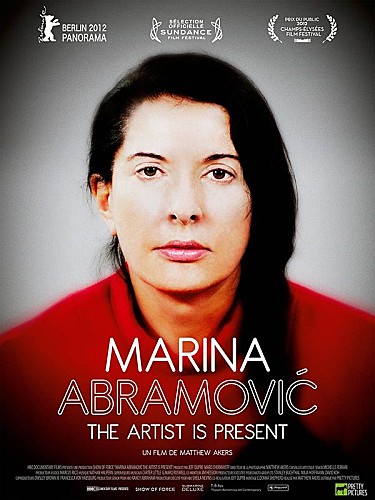
It seems to me that being marginal is a common point between perfomance (from 60’s to 80’s) and larp nowadays. Telling those close to you that you’re larping bring more questions and misunderstandings than telling them you’re playing video games or even table-top roleplaying games (even if the scorn can be the same).
Larp is specific because it’s an event that allows only a small number of initiated person, exactly like the performative art at the beginning.
Larp still seems to be marginal at least in France, and it might come a time, maybe not so far, where like Marina Abramovic reaching the autumn of her life, it’ll think it’s time to enter the circuit and the history to become an object of study.
However (and that’s the point I wantd to reach) larp and perfomance have an essential difference and it concerns the testimonies (at least !). Indeed since the beginning of perfomances, the testimonies left behind were under control. Pictures, texts, videos were controlled by the artists to make sure they ‘ll only have a value as documents and not as artistic objects. But apparently most of the larp organizers do not control the testimonies left by their game : this ‘ll be further developed in the second part of this reflection that ‘ll focus on photograpy in larps.
1 La performance, entre archives et pratiques contemporaines, Janig Bégoc, Nathalie Boulouch et Elvan Zabunyan, Presses Universitaires de Rennes, Archives de la Critique d’Art, Rennes, 2010.

